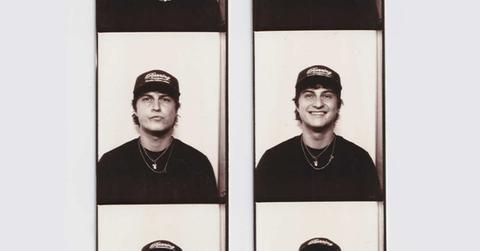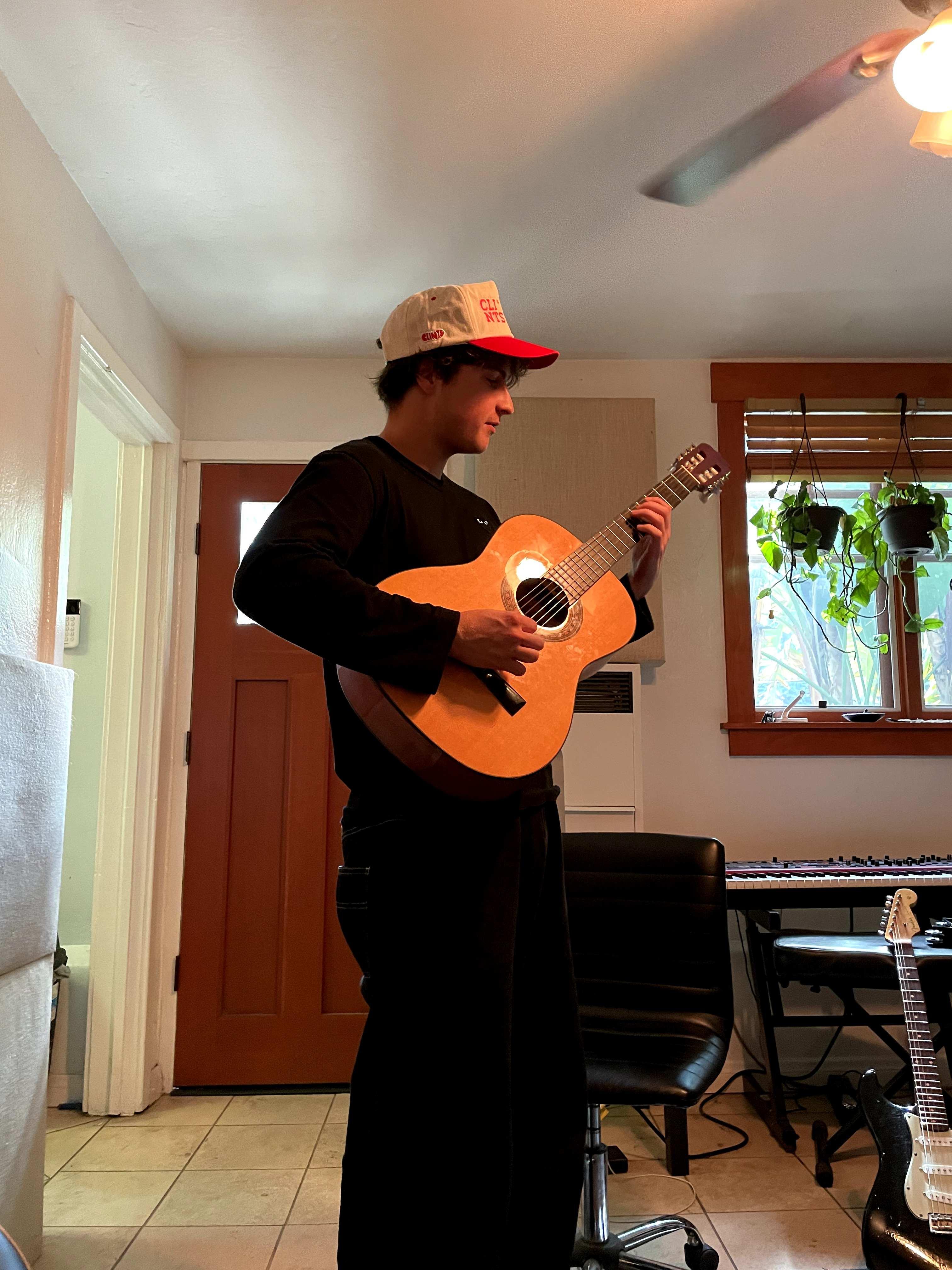AI, Artistry, and Ethics: Where Does Human Creativity Stand?
“Even when AI tracks aren’t monetized, they’re still eating into the ecosystem—pulling attention, placements, and cultural weight away from actual artists.”
Updated Nov. 6 2025, 8:25 p.m. ET

By 2028, the valuation of AI-generated music is expected to reach a staggering $64 billion—more than $10 billion higher than PayPal’s current market cap, and over 20x its size today. According to a recent study by CISAC, human creators could face a 24% loss in revenue by that time—roughly $10 billion—if current trends continue. AI-generated artists like The Velvet Sundown are already garnering over a million monthly listeners, pulling in both streams and attention that once belonged to real musicians.
So what happens to human artistry in this new era of generative music? We spoke with Ben Porter (AKA benners)—a UK-born R&B producer with releases streaming in the millions, and studio collaborations including Grammy-nominated rapper Wale and R&B standout talent Arin Ray.
What Does Human Creativity Mean?
An important question echoed by Porter is, “when we compare an AI to a human creatively, what exactly are we talking about?” To illustrate, he points to recent work on H33RA’s BAD4U, TABLE’s Ben Days, and Kadeem Tyrell’s Handle That— tracks that have each found success in their corners of modern R&B and soul. For Porter, what defines these records isn’t just their streaming numbers, but the spontaneous, uniquely human decisions behind them — choices he believes are impossible to replicate with AI.
“These tracks came alive through collaboration, experimentation, and instinct,” he says. “Sometimes it was the idea to sample from an old record. Other times it was a last-minute decision, like adding a horn arrangement to a contemporary R&B track. Right now, I’m working on a song that opens with a two-minute orchestral intro. That kind of creative leap comes from human chemistry and risk-taking—something AI can’t replicate.” That unpredictability — the willingness to experiment in real time — is what defines human creativity for Porter.
Unlike AI models that recycle patterns from existing music, Porter emphasizes that human creativity goes far beyond “listen, learn, and recreate.” “When I sit down with an artist, it’s not about generating another version of what we’ve already heard,” he explains. “It’s about pushing into new territory. That’s what makes songs like BAD4U resonate the way they do.” With the track now approaching 2 million Spotify streams, the result speaks for itself.
How GenAI Threatens Creative Equity
Speaking in a recent webinar with A2IM, Porter explains that GenAI systems are modeled after the human brain’s learning process. “They use deep learning—layered networks of artificial neurons—to analyze vast datasets of existing music,” he says. These models break down songs by genre, tempo, mood, and other characteristics, encoding musical ‘rules’ they can then use to generate new content based on user prompts. But the issue is what—and who—those datasets include.

Companies behind these tools admit they train models on tens of millions of songs pulled from the open internet—often without consent, credit, or compensation to the original creators. “That includes songs I’ve worked on, likely without me even knowing,” Porter says. “I’ve put in years of craft as a multi-instrumentalist and producer, but I have no idea if something I built is now being absorbed by AI for free.”
Having spoken at numerous industry events hosted by the likes of A2IM, Byta, and the Music Business Association, Porter has heard a consistent concern echoed by creators: that they’re being left out of the conversation, even as their work fuels the very tools threatening their livelihood. To Porter, the problem isn’t just ethical—it’s economic. “Even when AI tracks aren’t monetized, they’re still eating into the ecosystem—pulling attention, placements, and cultural weight away from actual artists.” The Velvet Sundown—a virtual 70s-inspired band—is a glaring example of how GenAI can masquerade as authentic while eroding the real creative economy.
Finding Balance in a Human-Driven Future
Despite the uncertainties, Porter remains optimistic. “My hope is that we’re at a turning point,” he says. “AI isn’t inherently a threat—but it has to be handled with care. If we apply the right tools and principles, we can make space for AI without letting it overshadow the very thing that makes music powerful: human connection.”
That perspective comes as Porter readies over 30 tracks scheduled for global release this year, collaborations he believes will build on the millions of streams he has already amassed. “To me, this moment is a catalyst,” he says. “It’s reminding us that people still crave music made by people—and my focus now is to keep proving that through the records I release.”